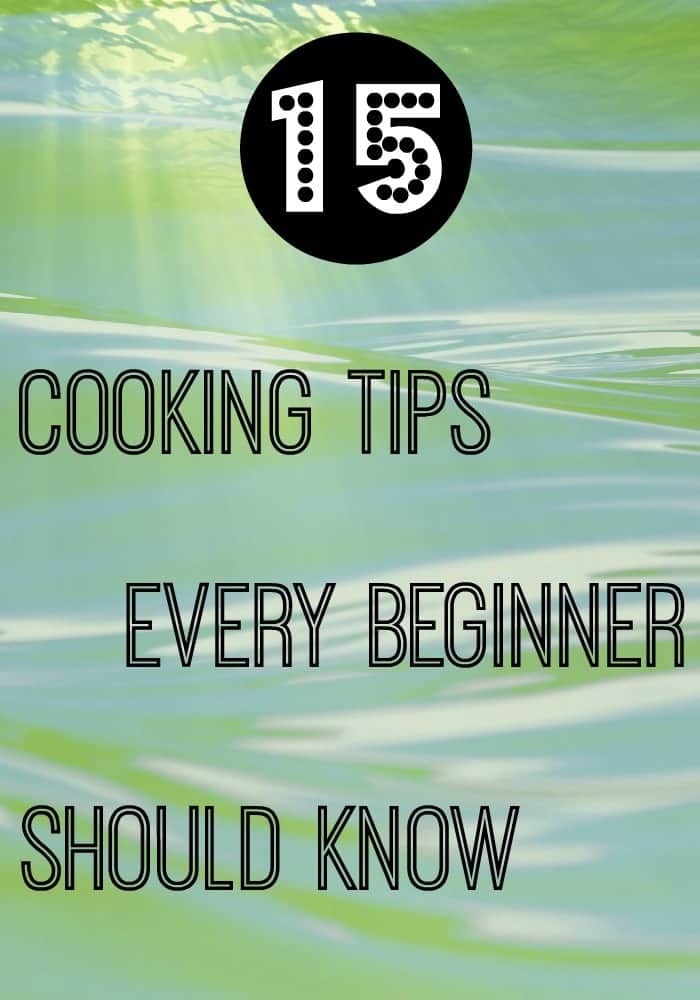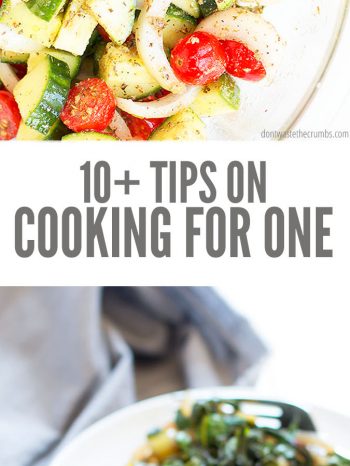
Des Moines or pepper squash are other names for the Acorn Squash. It is distinguished by the presence of longitudinal ridges on its outside and sweet flesh within. Even though it is winter squash, it is part of the same family as summer ones. If you like squashes, it is worth trying different methods of cooking them. Here are some ideas to make acornsucculent tasty and nutritious. You can use it as a healthy substitute for other starchy vegetables.
Microwave cooking of acorn squash
Acorn squash can be cooked in a microwave. The best part about cooking this type squash is its simplicity. The only thing you need to do is cut the acorn squash into half and remove the seeds. Rinse the squash. Season the squash with salt and pepper, and place it on a microwave-safe plate. It's easier to peel the acorn squash and then mash it by microwaving. Add some butter, a bit of sugar, and a touch of salt.
Make sure you choose acorn squash with smooth skin and dense flesh before cooking in the microwave. Acorn squash comes in many sizes, ranging from one to three pound. The bigger the squash is the longer it will cook. If you are unsure, you can cut it vertically with a sturdy chef's knife to prevent breaking the stem. After cutting the acorns squash, take the pieces apart with your fingers.

Using acorn squash as a substitute for other starchy vegetables
Acorn squash can be substituted for starchy vegetables and has many health benefits. Acorn squash has high levels of fiber, vitamin A-C, potassium, and magenit. The best way to enjoy this versatile vegetable is by roasting it. It can be filled with quinoa, pumpkin seed, or cheese. Acorn squash, unlike potatoes can be used to make sweet or savory meals.
Carotenoids, a group of plant pigments also known as carotenoids that are potent antioxidants in acorn squash, are found in the flesh. Acorn squash is especially high in alpha-carotene, which may protect against certain types of cancer and mental decline. It also has a lot of vitamin C, as well as soluble and unsoluble fiber. These nutrients help to regulate blood sugar levels and encourage regular bowel movements. It's also delicious and versatile, in addition to its health benefits.
Acorn squash offers health benefits
Vitamin C, which is vital for the body to react to cancer treatments, is found in Acorn Squash. This mineral is a "targeting agent," which means it kills cancer cells faster. Vitamin C can be used alone to treat ovarian and lung cancers. Acorn squash also promotes the formation of collagen, which helps the skin to stay smooth and bright.

Acorn squash is high in fibre, which helps to regulate blood sugar levels and cholesterol. Half a cup of this winter squash contains more than 3 grams of fiber, compared to half an ounce of cooked oat Bran. Adults need 38g per day, while older women and men need as much as 30g. For people who eat low-carb, soluble fibre such as the acorn squash is the best.
FAQ
What Are the Requirements To Be a Chef?
To become a chef, you must have a bachelor's degree in culinary arts. A series of tests must be passed by the ACF. After completing these requirements, you will be awarded a certificate that confirms your qualifications.
How long does it take to become chef? What's the average career path for a chef?
The average time it takes to become a chef is five years. You will be able to learn basic cooking techniques as well as gain practical experience working in a kitchen. After your training is complete, you will be eligible to apply for a job as a sous chef, executive chef, or line cook. The average salary for a chef ranges from $25,000 to $60,000 per year.
How do I motivate to cook?
It's fun to cook for your friends and family. However, cooking for yourself is much easier than cooking for others. Make something new to get motivated to cook. You'll learn new techniques, and you'll be inspired to cook. Additionally, you can learn about new ingredients and techniques by incorporating recipes from different cultures into your cooking.
How do I get hired to cook?
You can get a job as a cook through word of mouth. Your friends and family members might know of a restaurant that needs additional staff. You might also find openings advertised on websites or bulletin boards by restaurants.
How can I learn to cook like the pros?
Cooking is a great way to improve your life. Being able to cook healthy food is a great skill to improve self-confidence. You can learn to cook at home if your goal is to become a good cook. Find out what recipes you love first. Read books about various foods such as Chinese, Mexican, and Italian. Finally, practice making different dishes until you feel comfortable doing them.
Do I need to go to culinary school to be a chef?
No. Many chefs started their careers by learning on their own. Some went to culinary school simply to gain experience. Many chefs prefer to attend culinary school for the increased opportunities to learn and grow as professionals. Culinary schools provide hands-on training that helps students develop valuable skills and enhance their culinary knowledge.
How Much Does it Cost to Learn Culinary Arts Skills?
Prices for studying culinary arts vary widely. A four year degree is typically around $40,000. On the other hand, a two-year associate's degree may cost less than $5,000. Tuition rates vary depending on what program you choose. The tuition rates for private institutions are usually higher than those of public universities.
Statistics
- under 10 Kids have been taught that there is special food just for them, and Fiese says that 10 percent of kids will throw a tantrum if they don't get the food they want. (washingtonpost.com)
- You'll be amazed that over 90% of CIA students receive scholarships and grants to finish their culinary studies. (ischoolconnect.com)
- In the United States, the category is estimated at $23.2 billion annually and is growing faster than the market. (washingtonpost.com)
External Links
How To
How to make an omelet that is perfect
Omelets are one of my favorite foods to eat at breakfast. But how do you create them perfectly? I've tried many different methods and recipes, but none of them seem to work! I have some tips and tricks to help you make delicious, fluffy omelets every single morning.
We should first know that eggs are very temperamental ingredients when making omelets. It is important that eggs are fresh from an organic market and kept cool until used. If they are not kept cold enough, the whites won’t form properly. The yolks will also break down too quickly and become runny. This can make your omelets look bizarrely colored. If you intend to cook your eggs immediately, it's best to use room-temperature egg.
Another tip is to separate the egg before adding it to the pan. The yolk and white should not be mixed together as this can cause the omelet's curdle.
You could end up burning the bottom half of the egg if the egg is added directly to the heat source. Instead, put the egg in the microwave for 10 seconds before putting it into the pan. The heat from the microwave cooks the egg just enough without overcooking it.
Next, let us talk about how to mix the eggs. When you mix eggs together, you want to beat them well. Turn the bowl upside down and grab the whisk to do this. Next, shake the bowl vigorously. This will whip the air around the bowl and mix the egg well.
The fun part begins - you need to pour the milk into your mixture. The first step is to pour half of the milk in the beaten eggs. Next, fold the eggs into the remaining milk. You don't need to worry if streaks remain. They will disappear once you flip your omelet.
After you have done folding the eggs, heat the pan on medium heat. The oil will start to smoke. Once the oil starts getting hot, add 1/4 cup of butter to the pan and swirl it around to coat the entire surface of the pan. Carefully open the pan's lid and add salt to the pan. An additional pinch of salt will prevent the omelet form sticking to your pan.
Once the omelet forms, cover the pan again. Let the top side set completely. Flip the omelet upside down or with a spatula. Cook the second side for a minute or so. Take out the omelet and place it in a bowl.
This recipe is best when used with whole milk. But, you can use skimmed milk as well.